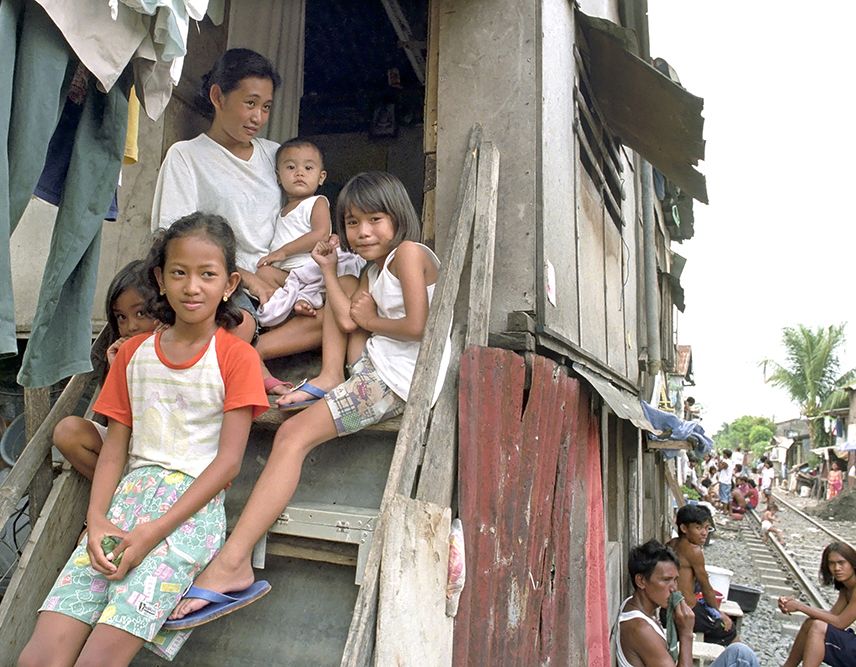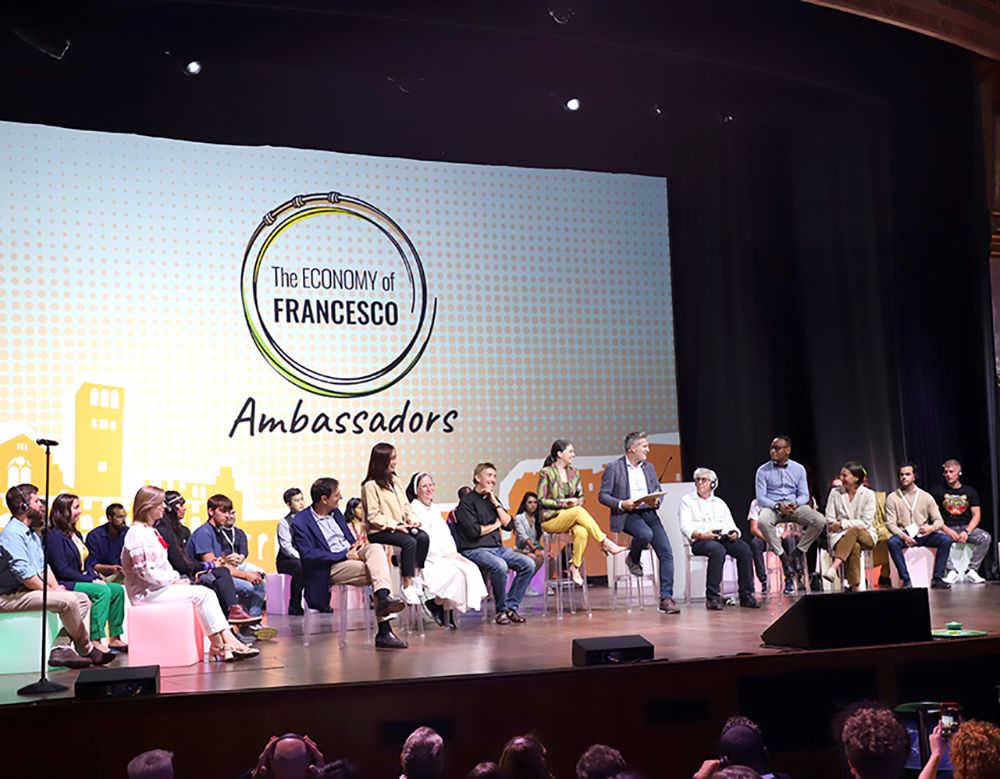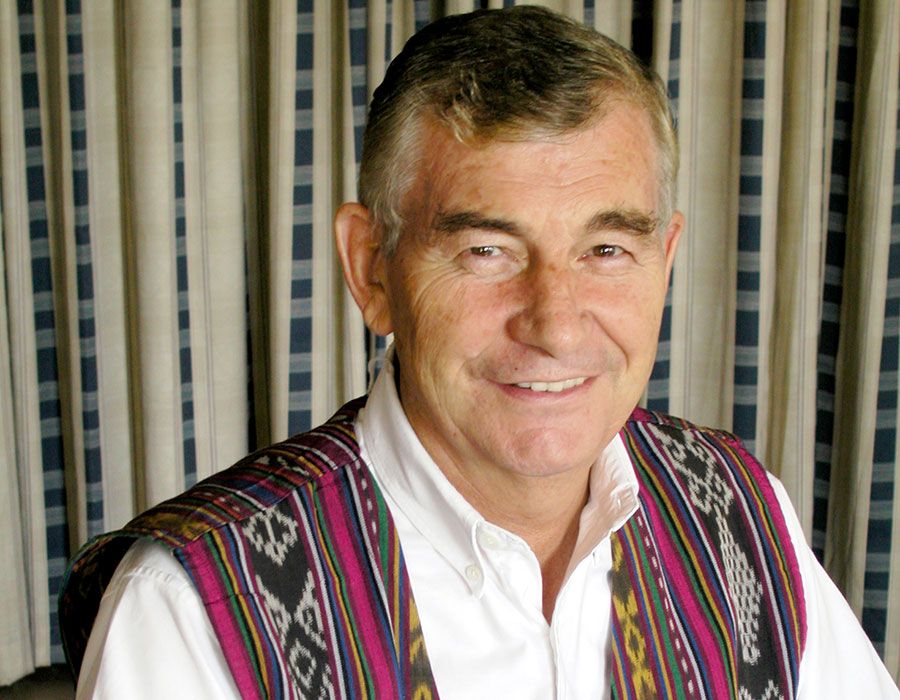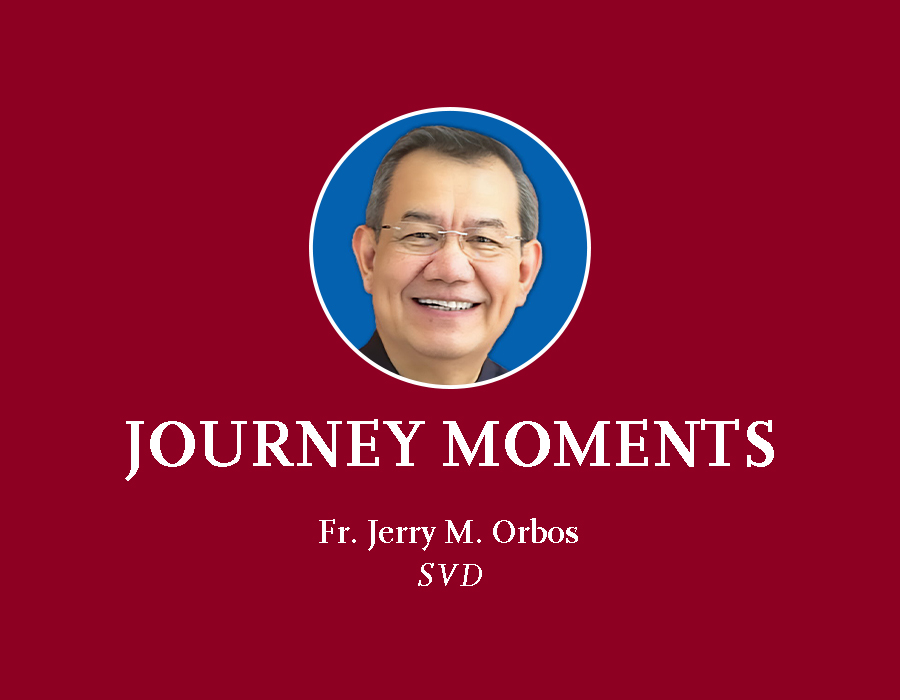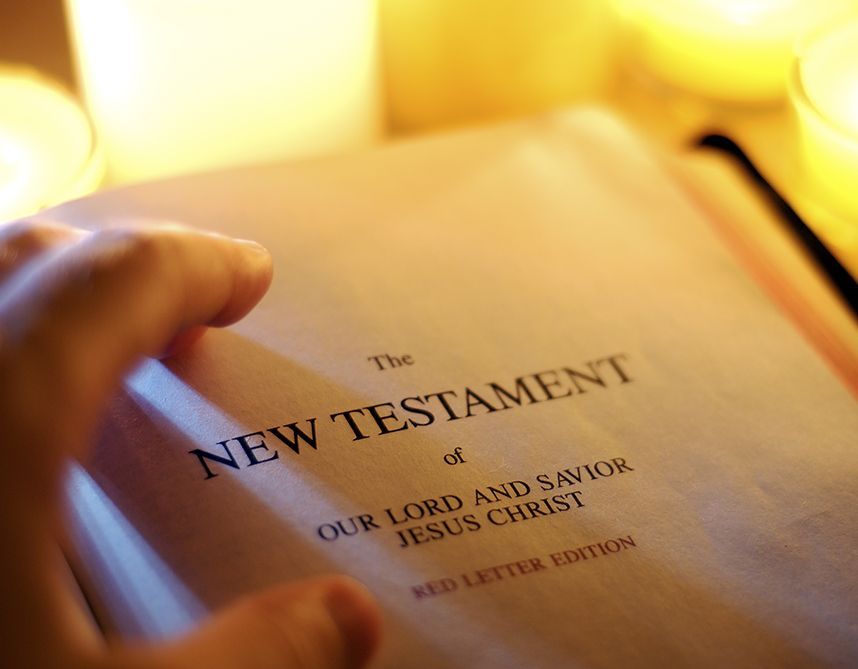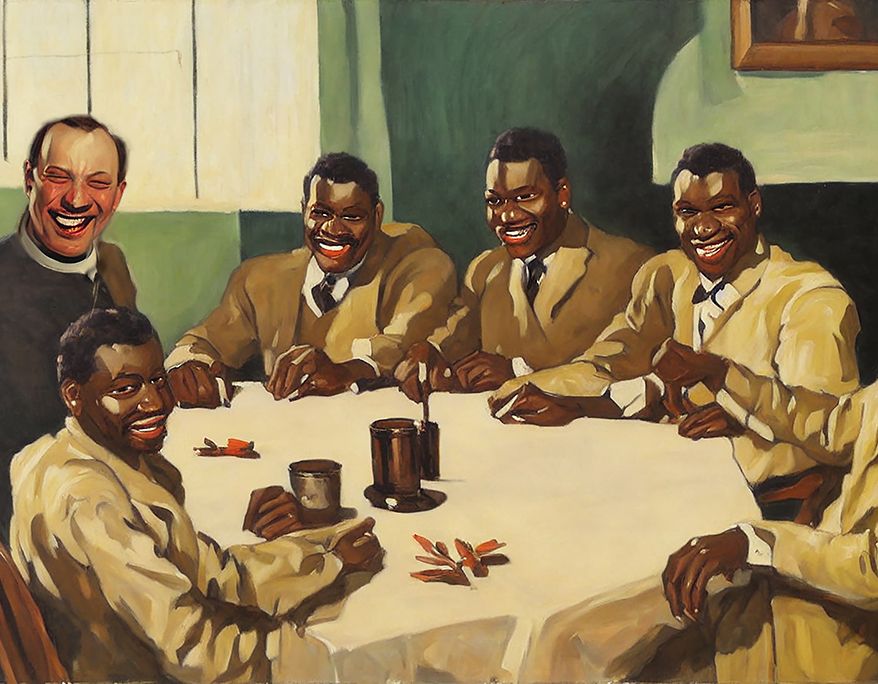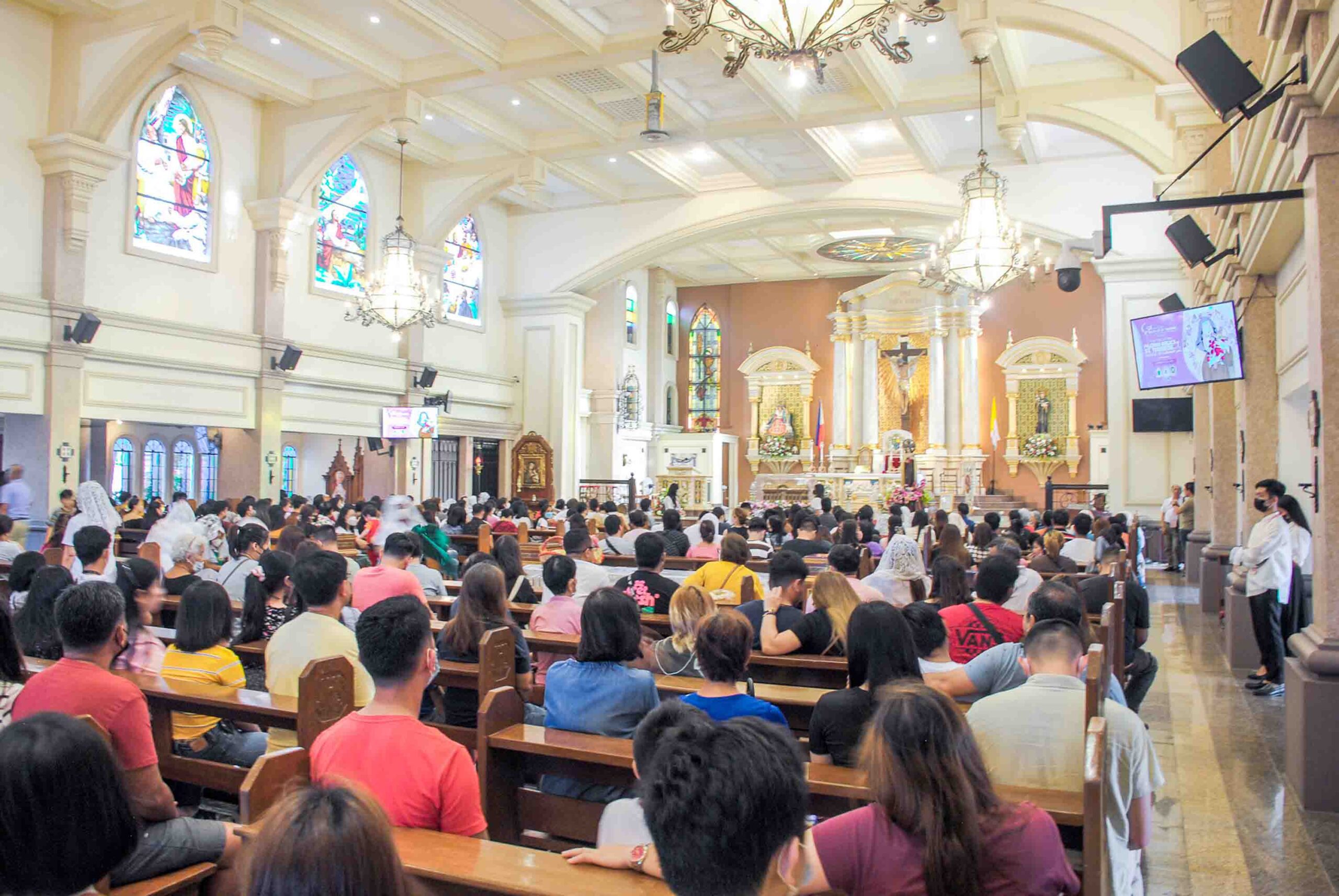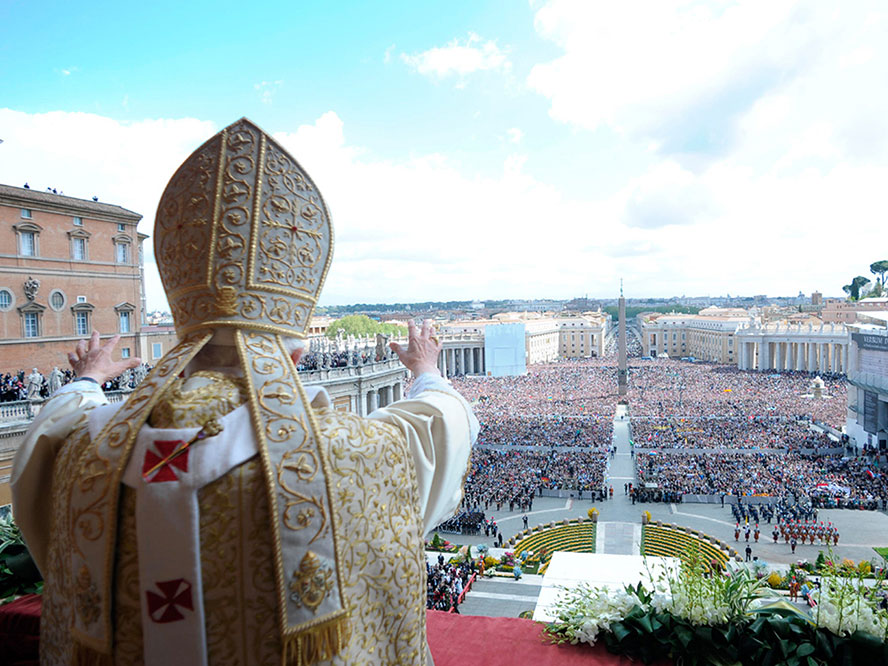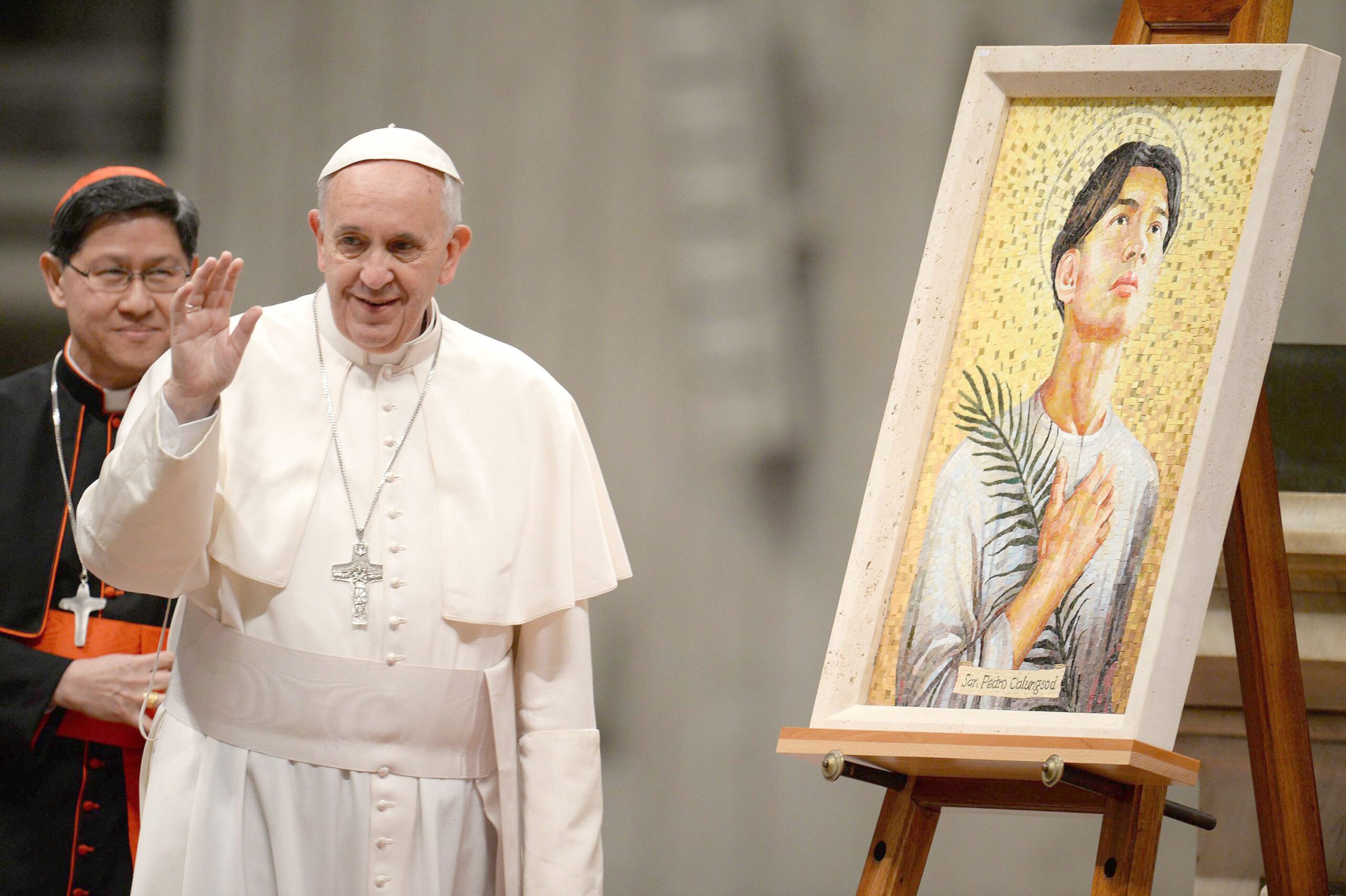As one reads this encyclical, it becomes clear through the style and content of the document that Pope Benedict had the major input into this document. It harmonizes well with the vision Pope Benedict outlined in his proclamation of 2012 as a “Year of Faith,” recalling the fiftieth anniversary of the opening of the Second Vatican Council (1962-1965).
In addition, this document is meant to supplement what Benedict had previously written in his encyclicals on the virtues of charity (Caritas in Veritate) and hope (Spe Salvi).
The structure of Lumen Fidei is simple and direct, containing an introduction and four chapters; it concludes with the Marian reflections and a final prayer to Mary. The introduction shows how the ancients viewed faith; it narrates how the Second Vatican Council, a “Council on faith” sought to bring faith into the contemporary world. Francis writes: “The Second Vatican Council enabled the light of faith to illumine our human experience from within, accompanying the men and women of our time on their journey” (LF, n. 6).
Faith Foundations
Chapter One shows that we believe in a God of mercy and how Christians can “see with the eyes of Jesus and share in his mind” (LF, n. 21). “Faith opens the way before us and accompanies our steps through time. Hence, if we want to understand what faith is, we need to follow the route it has taken, the path trodden by believers…. Faith is our response to a word which engages us personally, to a ‘Thou’ who calls us by name” (LF, n. 8). “Believing means entrusting oneself to a merciful love which always accepts and pardons” (LF, n. 13).
In chapter two, Francis portrays the close link between faith and truth; he laments the “massive amnesia in our contemporary world” (LF, n. 25). He asserts: “Faith transforms the whole person precisely to the extent that he or she becomes open to love” (LF, n. 26). “Christian faith, inasmuch as it proclaims the truth of God’s total love and opens us to the power of that love, penetrates to the core of our human experience” (LF, n. 32). Expressed in simple terms, faith is both a “head-trip” [intellectual response] as well as a “heart-trip” [emotional, affective response].
The importance of evangelization and the transmission of faith are central themes of chapter three. The communication of the gift of faith must be fostered in every age. “It is through an unbroken chain of witnesses that we come to see the face of Jesus” (LF, n. 38). Indeed, “the Church, like every family, passes on to her children the whole store of her memories” (LF, n. 40). For Francis, “the sacramental character of faith finds its highest expression in the Eucharist” (LF, n. 44).
Finally, in chapter four, Francis explains the link between faith and the common good. The Pope writes: “Precisely because it is linked to love (cf. Gal, 5:6), the light of faith is concretely placed at the service of justice, law, and peace” (LF, n. 51). Faith has a strong foundation in the family and accompanies us at every stage of life; such faith is capable of illuminating all our relationships in the wider society. Faith enables us to share the gaze of Jesus and thus accompany the poor and suffering in our world.
Living The Faith
Pope Francis concludes his encyclical with some inspiring reflections on Mary’s pilgrimage of faith (LF, n. 60). He prays: “Mother, help our faith! … Help us to entrust ourselves fully to him [Jesus] and to believe in his love, especially at times of trial, beneath the shadow of the cross, when our faith is called to mature.”
Readers will be enriched by the insights into the dynamics of faith found in this document. They will be encouraged to continue their own personal faith journey in the family, in marriage, with the youth, with the poor and marginalized, and in the Church. Faith needs to be appreciated for the significant contribution that it can make to contemporary society that is tempted to fall into new forms of idolatry.
The entire encyclical strikes a positive note as it unfolds how people through the centuries have lived their faith (e.g. Abraham, Moses, Saint Paul, Francis of Assisi, Mother Teresa of Calcutta, and the Virgin Mary). Faith, indeed, is a special gift that we pray may be granted to us, making us living icons of faith to others in the contemporary world.
Father James H. Kroeger, a Maryknoll Missioner, has served missions in Asia (the Philippines and Bangladesh) since 1970, working in parishes and serving mostly in the education-formation apostolate of seminarians, religious, catechists, and lay leaders. He has produced numerous theological-missiological-catechetical books. His most recent books include Go, Teach, Make Disciples, and Exploring the Priesthood with Pope Francis.





